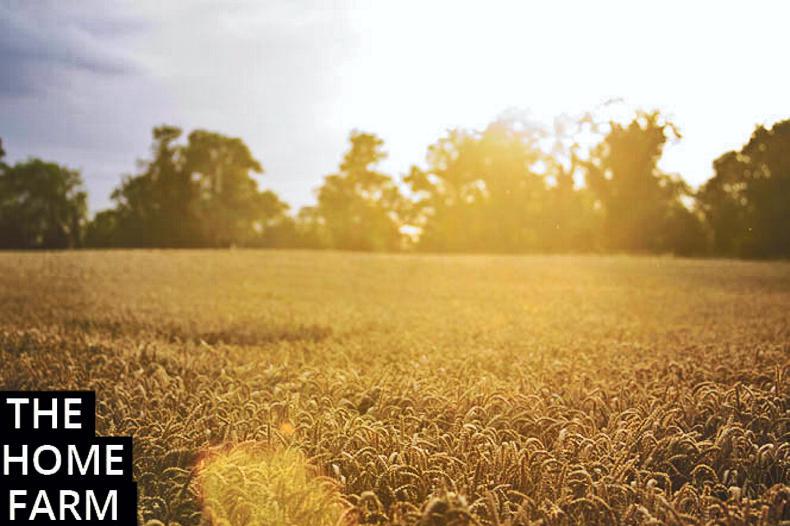Last year we replaced a full roof on one of the slatted sheds - this year it looks as if we will have to do another – even though I think that cattle are pretty indifferent to the odd leak in galvanised sheeting.
The main reason is that leaks along the bolts fixing rafters to the galvanised iron cause rust that allows rainwater into the tank underneath, so instead of a closed concrete tank we have in effect a semi lagoon with slats over it.
This wouldn’t matter much from a cattle comfort point of view, but of course the extra water from the rainfall fills up the tank by an extra 8 to 10 inches, which means we had to transfer diluted slurry to an adjoining tank.
Of course we mainly transferred water, which meant that when we went to pump out the slurry from that particular shed, it was much more solid than we could handle with the vacuum tanker.
No hope
We would have had no hope of progress at all with an umbilical system, which I always think is more suitable for high moisture slurry from a spring calving dairy herd rather than the more solid material from finishing cattle on a high dry matter diet.
In any event, we had no option but to add water and lots of it from the waste water tank taking the rainwater from the yard. So, with the agitator on the tractor we use for the feeder, the vacuum tanker was able to operate normally and we got a good even spread on the bare ground.
But a lot of the extra work would have been unnecessary if we had not drawn off the water from a shed that filled up too quickly with the extra rain.
Cattle
In the meantime we are in one of these unusual cattle years with significant price gyrations. The only strategy that I am comfortable with is to keep up stock numbers by replacing the beef going out with young stock coming in.
I reckon we have enough silage, having stretched it out mainly with hay and some wet spent grains, so we will continue to buy in for the moment. The main constraint on early grazing is that ground conditions are still too soft to take stock.
The mild weather has allowed unusually vigorous clover growth in the permanent pasture. We have always relied on slurry to supply the necessary nitrogen for early growth, but this year it looks as if an earlier than usual contribution will come from clover.






 This is a subscriber-only article
This is a subscriber-only article










SHARING OPTIONS: